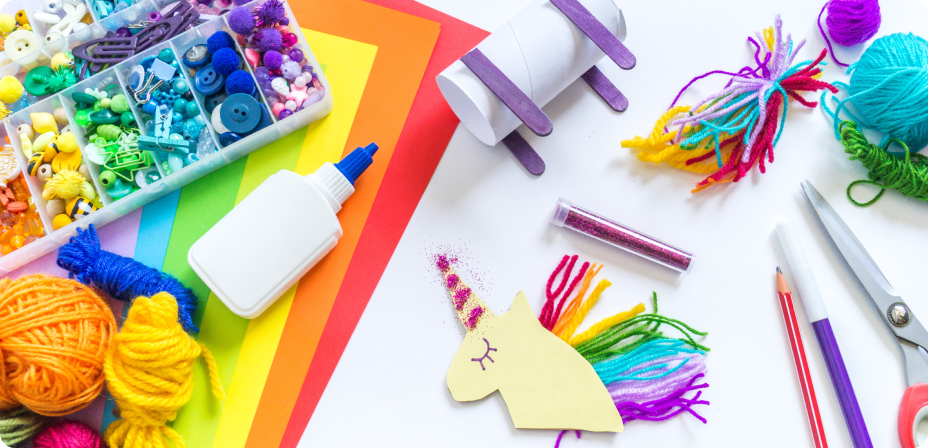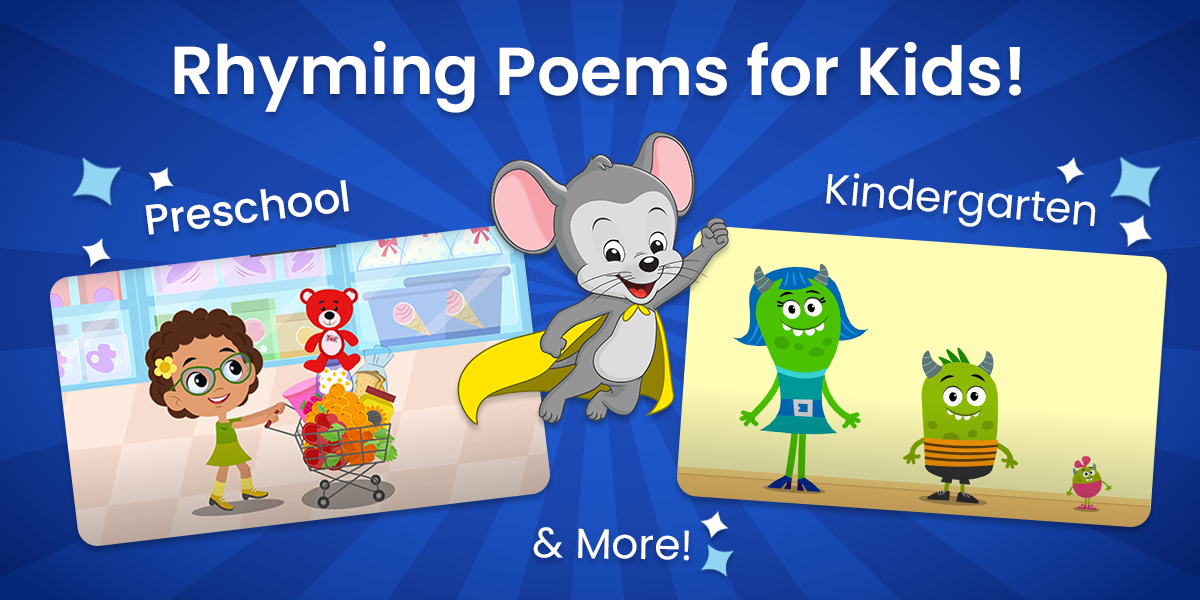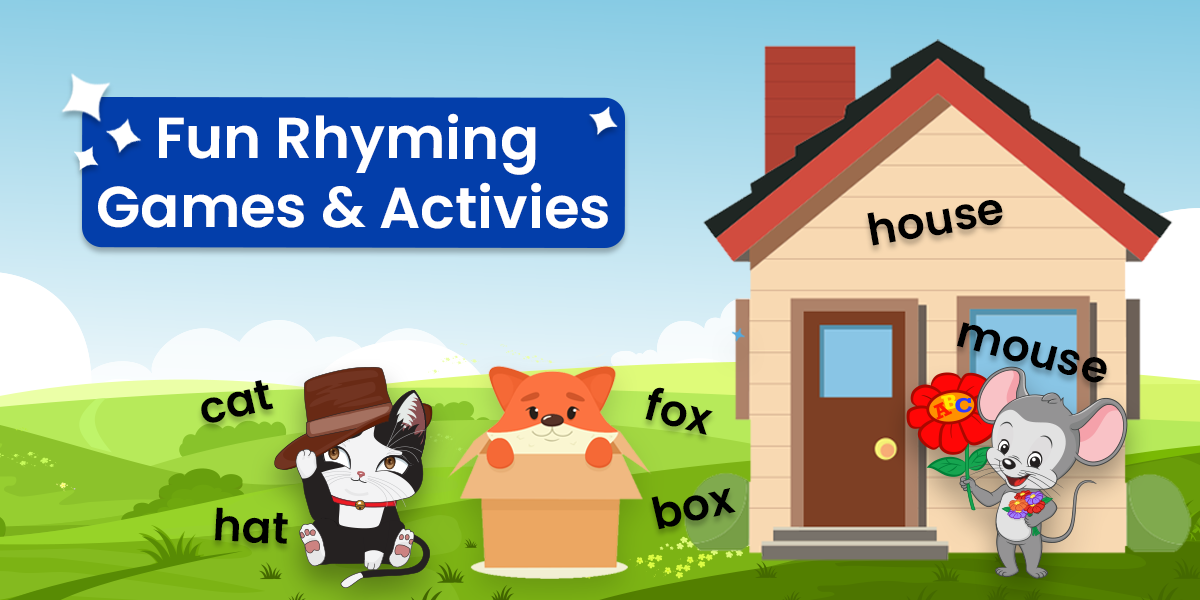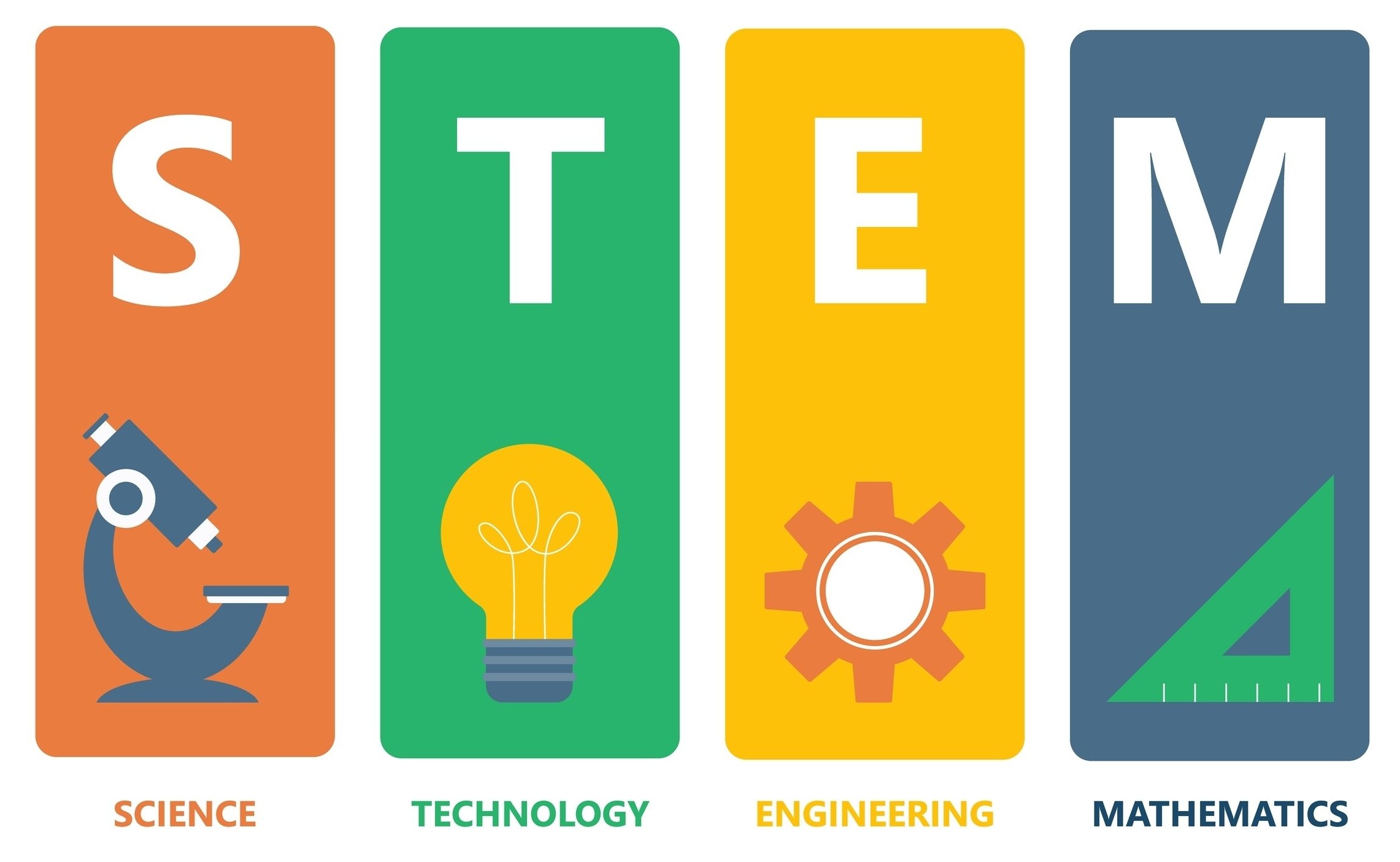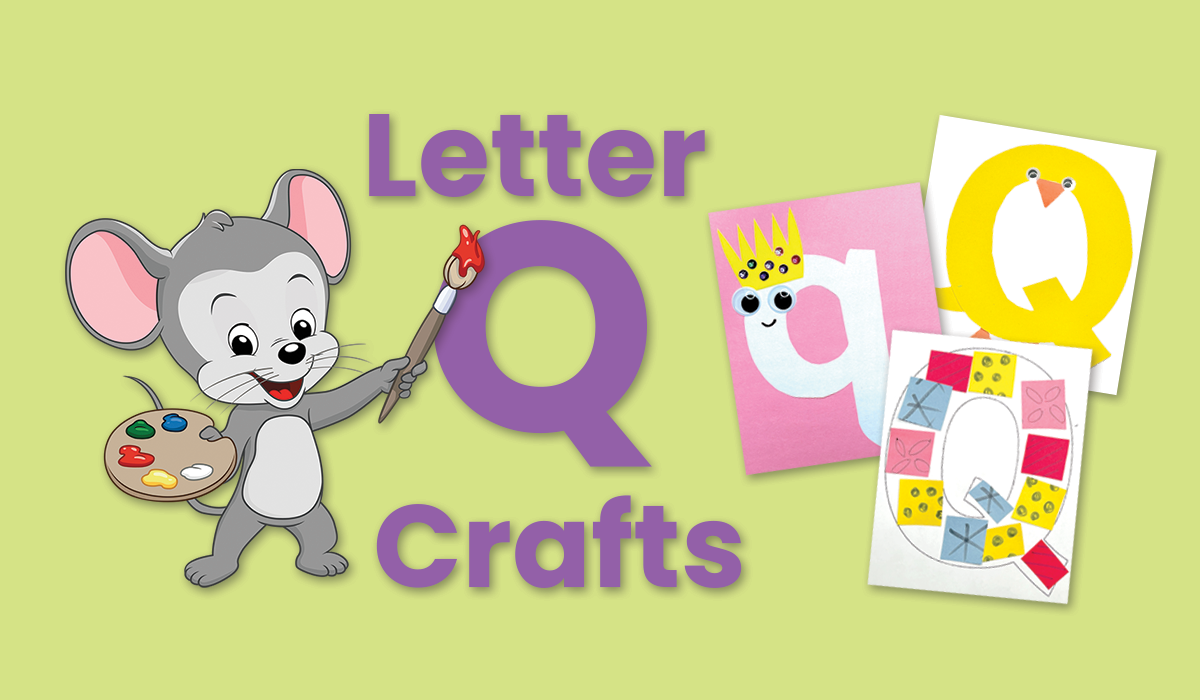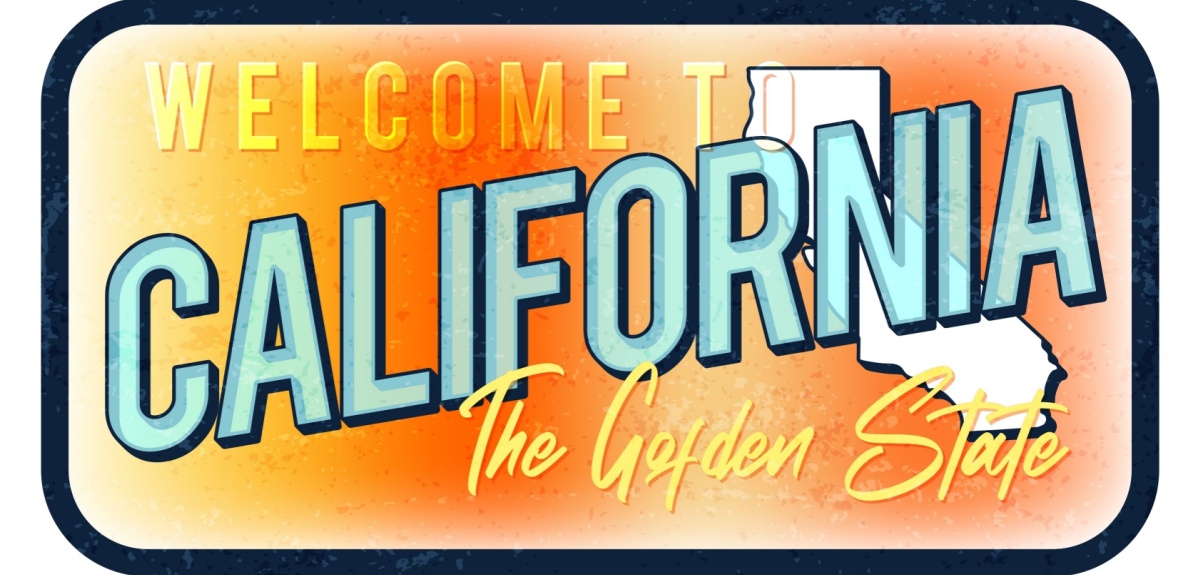
Interesting Facts About California for Kids (Free Printable List)
Share
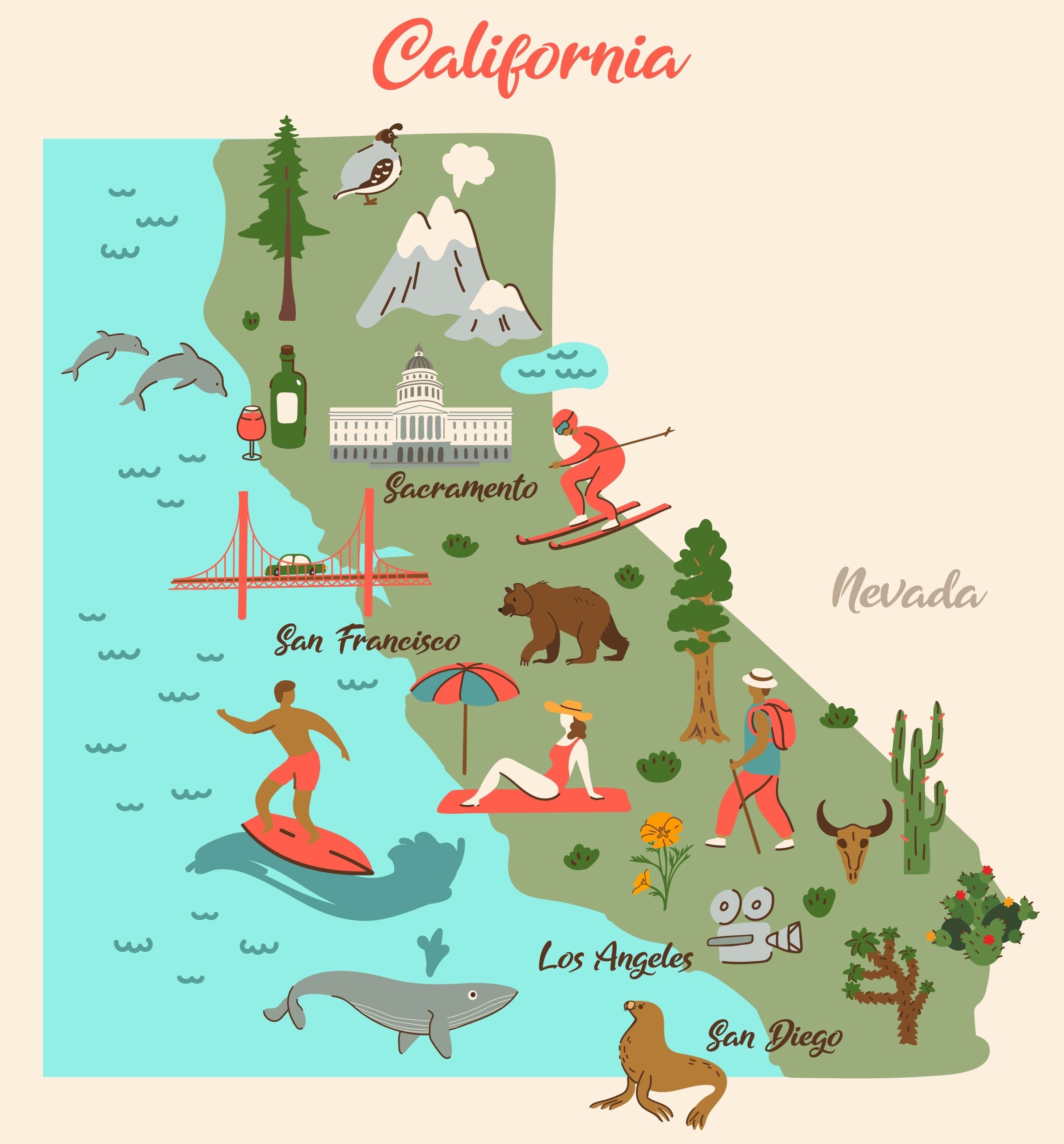
Discover more about the Golden State with these fascinating facts about California for kids! From its famous landmarks and diverse landscapes to interesting trivia about its wildlife and history, this page is packed with information and illustrations to help kids (and even adults) learn more about one of the biggest states in the U.S.
These free printable California facts for kids are fun to keep on hand for learning on the go, in the classroom, or to get ready for California-bound travels.
California State Facts
State Nickname:
The Golden State
Date of Statehood:
September 9, 1850 (31st State)
State Bird:
California Quail
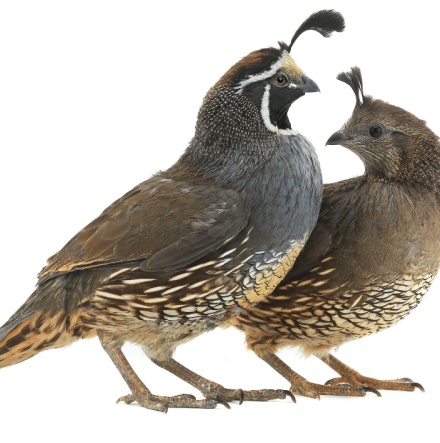
State Flower:
California Poppy
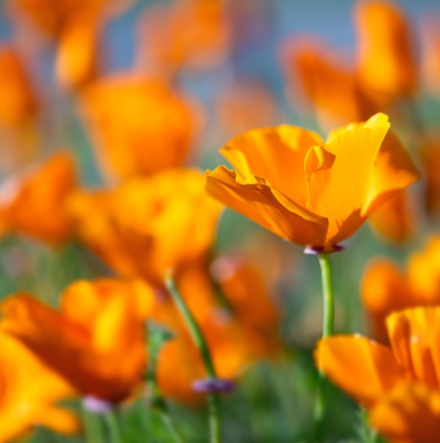
State Capital:
Sacramento
State Motto:
“Eureka (I Have Found It)”
State Tree:
California Redwood
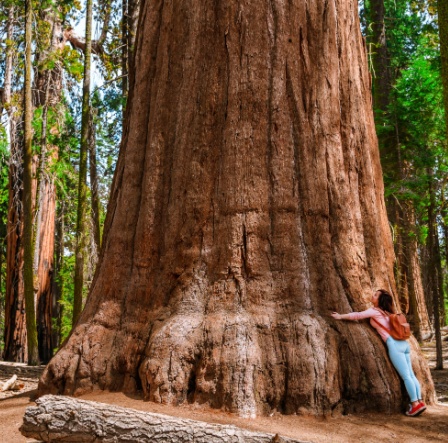
State Colors:
Gold and Blue
State Animal:
Grizzly Bear
State Flag:
Bear Flag
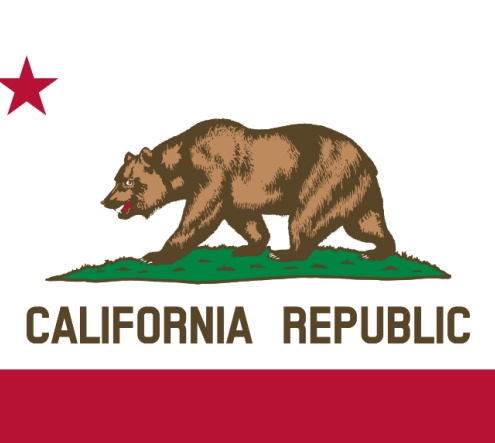
Did You Know?
The Bear Flag was first raised on June 14, 1846, in Sonoma by American settlers fighting back against the rule of Mexico.
California Fun Facts
Fun Fact #1:
California is the third largest state, with only Alaska and Texas beating in size.
Fun Fact #2:
The first email, or rather the first message sent over the internet, was sent in California from the University of California, Los Angeles (UCLA) to Stanford Research Institute in 1969.
Fun Fact #3: After New York City, Los Angeles is the second most populous city in America.
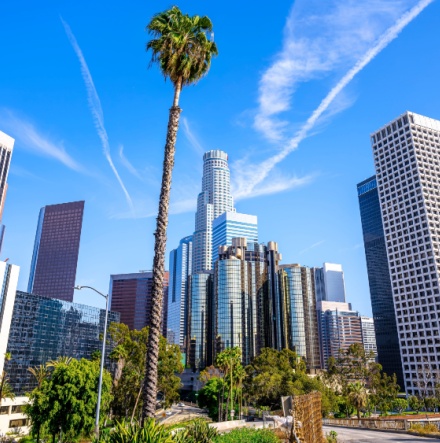
Los Angeles
Fun Fact #4: The two cities in California with the largest populations are Los Angeles and San Francisco.
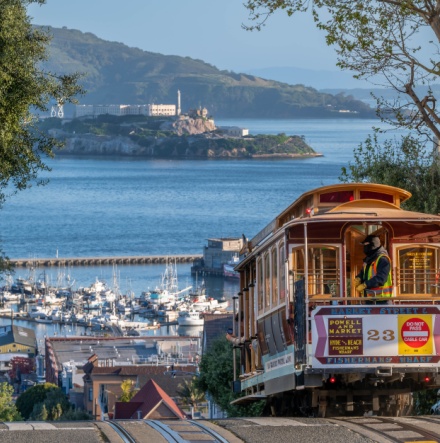
San Francisco
Fun Fact #5:
California is the only state to host both the Summer and Winter Olympics, hosting the Summer Olympics in 1932 and 1984 and the Winter Olympics in 1960.
Fun Fact #6:
California’s name comes from a 1510 Spanish novel Las Sergas de Esplandián, which tells the story of Queen Calafia, who ruled over the island of California.
Fun Fact #7:
California is known for its almonds, avocados, and wine.
Fun Fact #8:
The wetsuit was invented in California in 1952 by Hugh Bradner, a physicist at the University of California, Berkeley.
Fun Fact #9: California’s major industries include technology, entertainment, and agriculture.
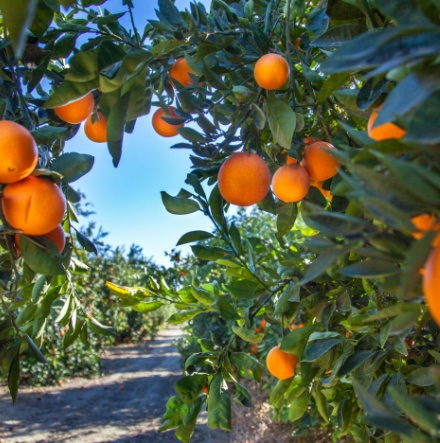
Fun Fact #10: The #1 downloaded kids’ education app, ABCmouse, was created in California.
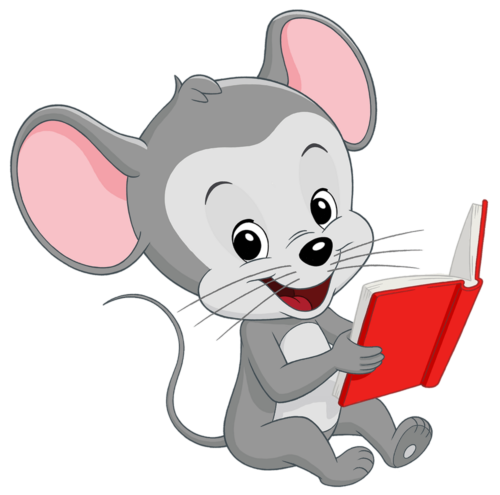
California Geography Facts
Regions:
Coast, mountains, valleys, and deserts
Climate:
Includes cold and snowy mountains, hot and dry deserts, fertile valleys, and warm sunny beaches
Location: California is on the West Coast of the United States, bordered by Oregon, Nevada, Arizona, the country of Mexico, and the Pacific Ocean.
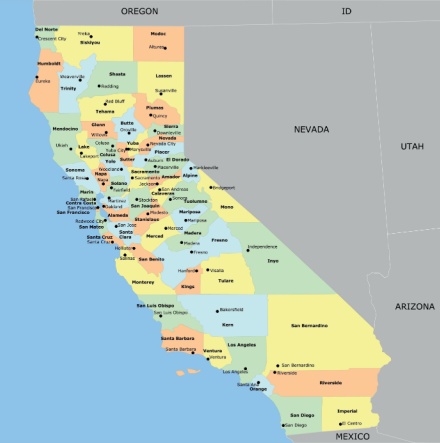
Landmarks: Golden Gate Bridge, Death Valley, Alcatraz, Disneyland, Hollywood Sign, Pacific Coast Highway, Hollywood Walk of Fame, Pacific Coast Highway
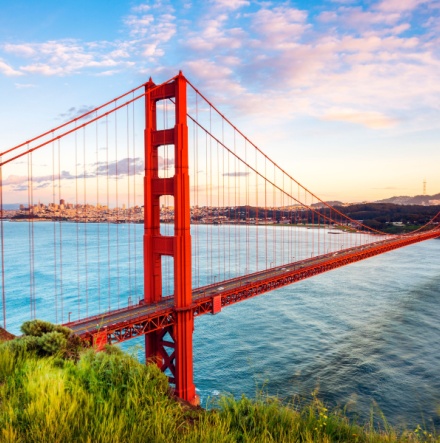
Golden Gate Bridge
National Parks: Sequoia National Park, Redwoods National Park, Yosemite National Park, Joshua Tree National Park, Channel Islands National Park, Death Valley National Park, Kings Canyon National Park, Lassen Volcanic National Park, Pinnacles National Park
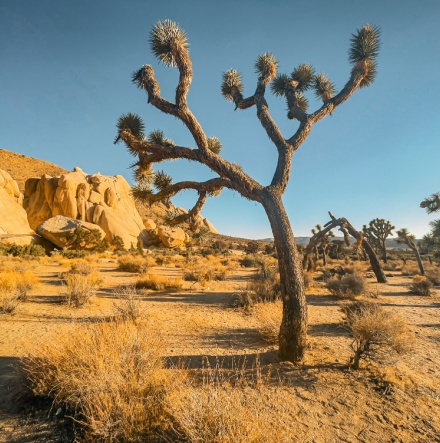
Joshua Tree National Park
San Andreas Fault:
California experiences earthquakes because the Pacific and North American tectonic plates (San Andreas Fault) are constantly moving against each other, creating stress in the rocks that’s sometimes released as an earthquake.
Ocean Front:
California has the third longest coastline of all US states.
River Systems:
California has more than 100 rivers.
Lakes:
California’s Clear Lake is said to be among the oldest lakes in North America.
Deserts: California is home to the Mojave Desert, the smallest and driest desert of North America.
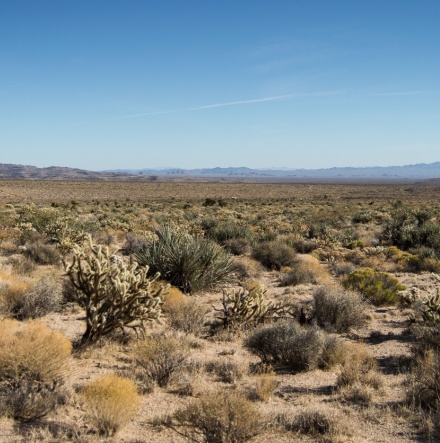
Mojave Desert
Lowest Point: California’s Death Valley in the Mojave Desert is the lowest point in North America.
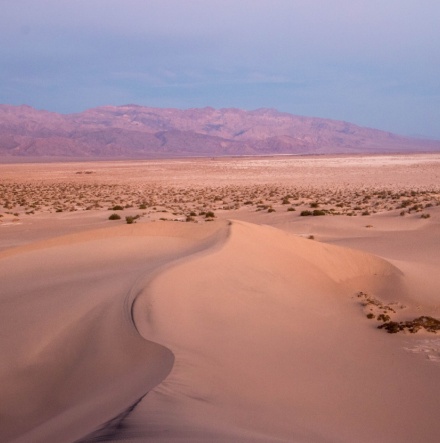
Death Valley
Highest Point: California’s Mount Whitney in the Sierra Nevada mountains is the highest point in the contiguous U.S.
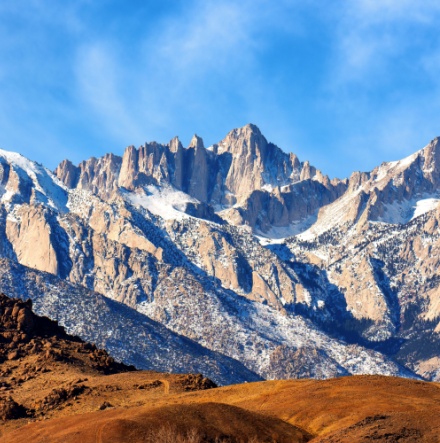
Mount Whitney
California Wildlife & Nature Facts
Common Wildlife: Sea Otters, Sea Lions, Blue and Fin Whales, Alligator Lizards, Newts, Garter Snakes, Raccoons, Squirrels, Bobcats, and Black Bears.
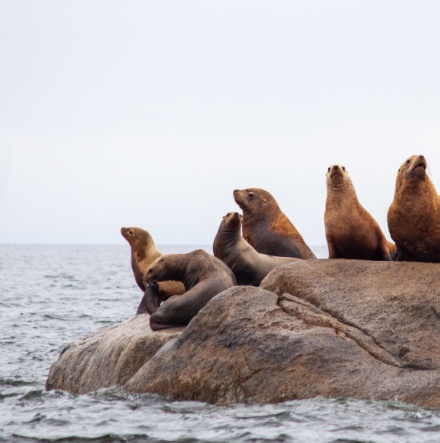
California Sea Lion
Common Birds: Robin, Gold Finch, Quail, Towhee, Dark-Eyed Junco, Allen’s Hummingbird, Cooper’s Hawk, and the Golden Eagle.
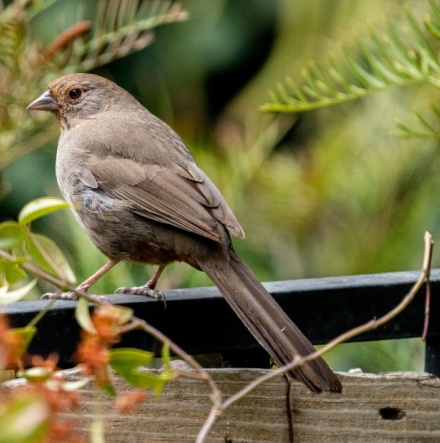
California Towhee
Common Vegetation: Sunflower, Arroyo Lupine, Purple Chinese Houses, Blue Flax, Birdfoot Trefoil, Moss Verbena, Toad Flax
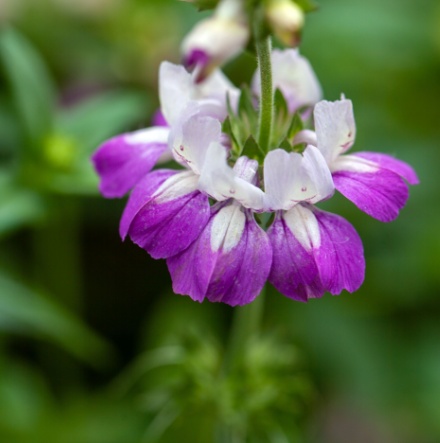
Purple Chinese Houses Flower
Endangered species: The Californian Condor (largest land bird in US and largest wingspan in US), Gray Wolf, Desert Slender Salamander, Giant Kangaroos Rat, San Joaquin Kit Fox, Franklin’s Bumblebee, Lange’s Metalmark Butterfly
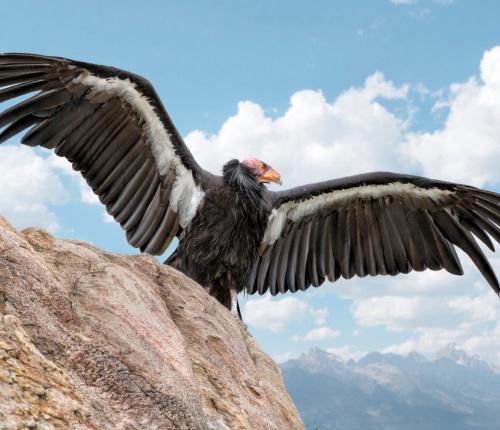
California Condor
Did You Know?
According to the California Fish and Wildlife Department, “California hosts approximately 6,500 species, subspecies, and varieties of native plants, many of which are found nowhere else in the world.”
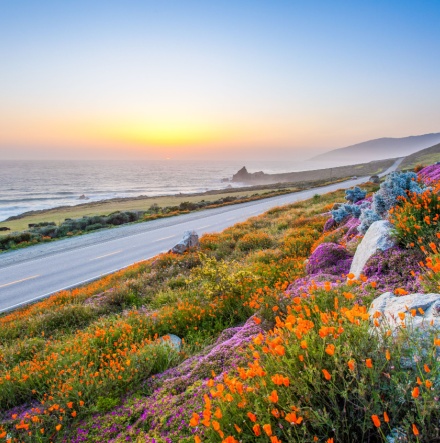
California is home to the highest and biggest trees in the world (Redwoods), located in the Sequoia National Forest, as well as the oldest trees in the world (Bristlecone Pines).
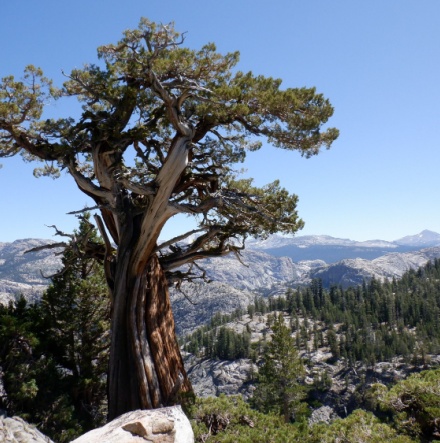
Bristlecone Pine
California History Facts
First Inhabitants: The first people to arrive in California were from Asia, crossing the Bering Strait over 20,000 years ago.
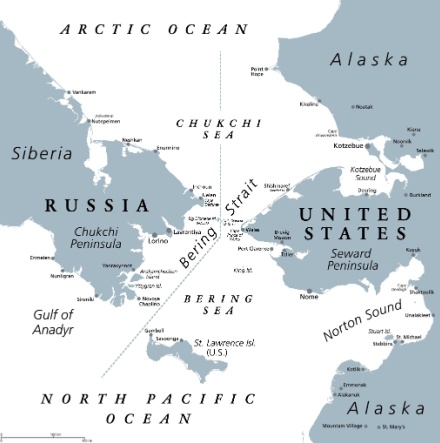
Map of Bering Strait
Did You Know?
The Bering Land Bridge was a strip of land that connected Asia to Alaska during the last ice age. It was exposed when sea levels dropped due to glaciers forming and trapping water.
According to The Library of Congress, “It has been estimated that when Europeans first came to California, the native population was probably close to 300,000–13 percent of the indigenous peoples in North America.”
Native Americans:
Many Native American tribes lived in California, including the Chumash, Hupa, Pomo, Tolowa, Maidu, Miwok, Wintun, and Cahuilla, and continue to reside there today.
First European Visitor: Juan Rodriguez Cabrillo was the first European to visit California in 1542. Cabrillo was a Portuguese explorer who led a Spanish expedition from the port of Navidad, Mexico.
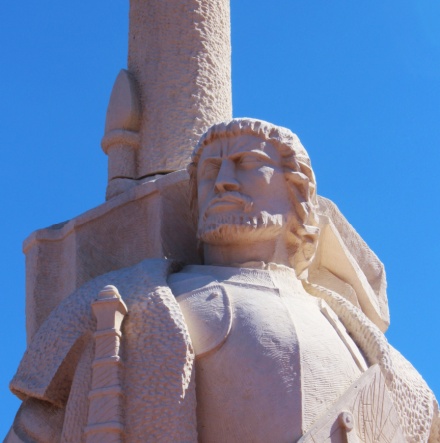
Juan Rodriguez Cabrillo
First Claims: Spain ruled California from 1769 to 1821, at which point Mexico took control.
Mexico ruled California until 1848, when it was ceded to the United States after the Mexican-American War.
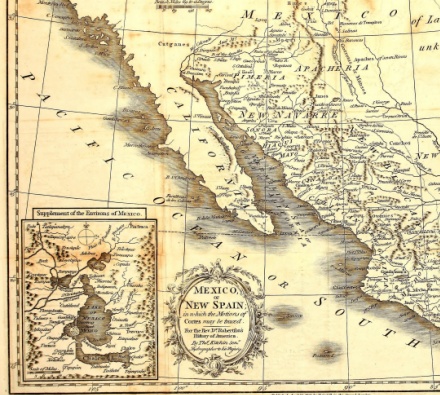
Early California Map
Early Seaports:
San Francisco was California’s first major seaport and was originally known as “Yerba Buena.”
Discovery of Gold: In 1848, James Marshall discovered gold in the river while helping to construct Sutter’s Mill, which started the California Gold Rush.
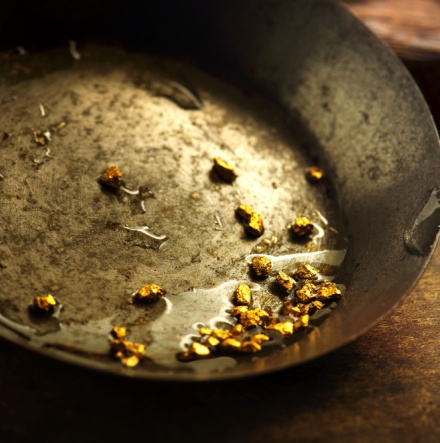
Miner’s Gold Pan
The Gold Rush: In 1849, thousands of people poured into California searching for gold. Due to the date of their arrival, they earned the nickname 49ers.
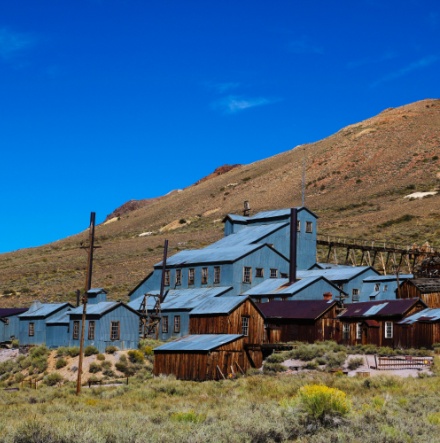
Gold Mining Town in Bodie, California
The Railroad: The expansion of the railroad in the 1880s brought people towards Southern California and Los Angeles.
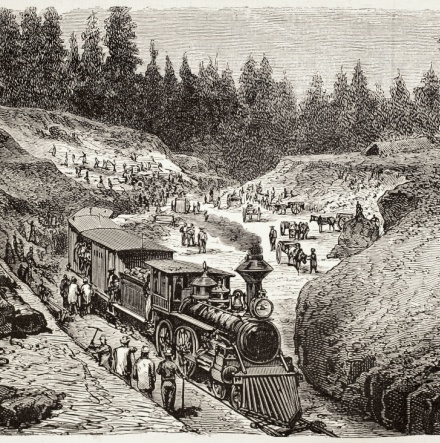
California Railroad
The Film Industry: California became a movie center in the early 1900s, when major film companies built production facilities in Los Angeles. The city’s warm climate, diverse landscapes, and cost-effective opportunities drew filmmakers.
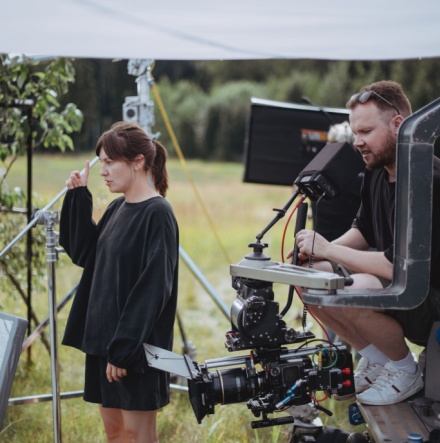
California Movie Set
Natural Disasters:
In 1906, a major earthquake destroyed much of San Francisco.
The earliest known wildfire in California was the Santiago Canyon Fire, which occurred in 1889 and burned around 300,000 acres in parts of Orange, San Diego, and Riverside Counties.
Population Increase:
In the late 1930s and early 1940s, California’s population increased significantly as people left states impacted by severe drought (The Dust Bowl) and more jobs became available in the state.
Technological Advancement:
While California’s history of innovation dates back to the 40s and 50s, the state became widely recognized for its technological advancements in the 1970s–an association that remains today.
More Activities…
-
Rhyming Poems for Preschool & Kindergarten
Discover fun and easy rhyming poems for preschool and kindergarten! Boost reading skills with silly, educational, and classic rhymes kids will love.
-
Rhyming Games and Activities for Kids
Explore fun rhyming games and activities that boost literacy skills while keeping learning playful and engaging. Perfect for toddlers to early elementary kids!
-
90+ Engaging STEM Activities for Kids
Discover 90+ fun STEM activities for kids! Explore hands-on experiments and learning games for preschoolers, kindergarteners, and first graders.
-
30 Engaging STEM Activities for First Grade
Engage your first grader with hands-on STEM activities that inspire curiosity and learning. Explore easy, outdoor, and challenge-based experiments for young minds!
-
STEM Activities for Kindergarteners
Discover 30 interactive STEM activities for kindergarten that spark curiosity, creativity, and critical thinking through hands-on learning and exploration.
-
Letter Q Crafts and Activities
Explore fun and engaging Letter Q crafts and activities for preschoolers, including painting, quilts, and quacking ducks, to boost early learning!

